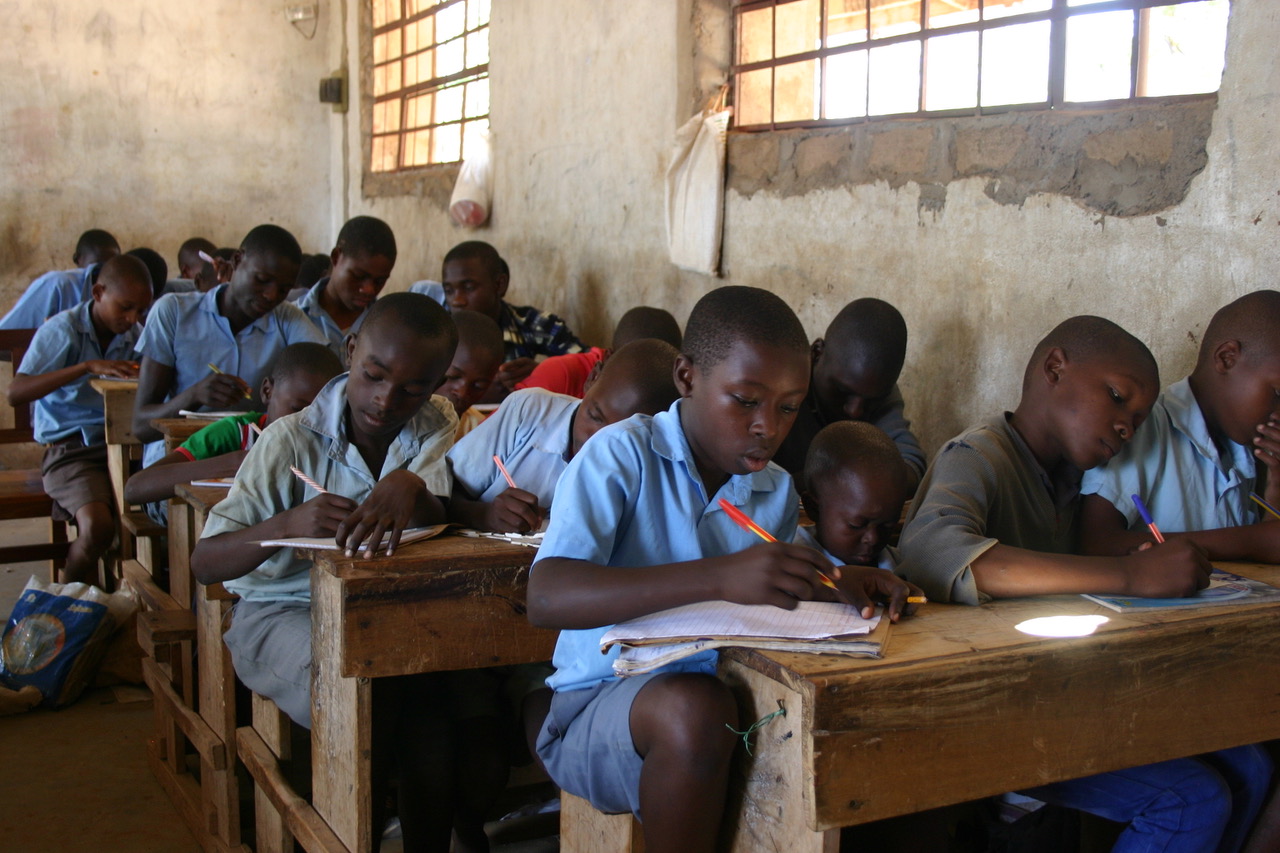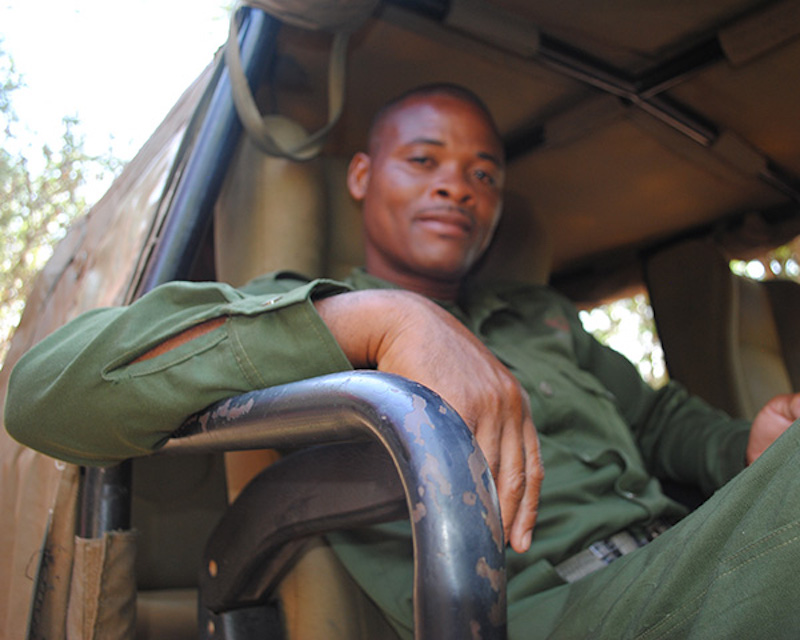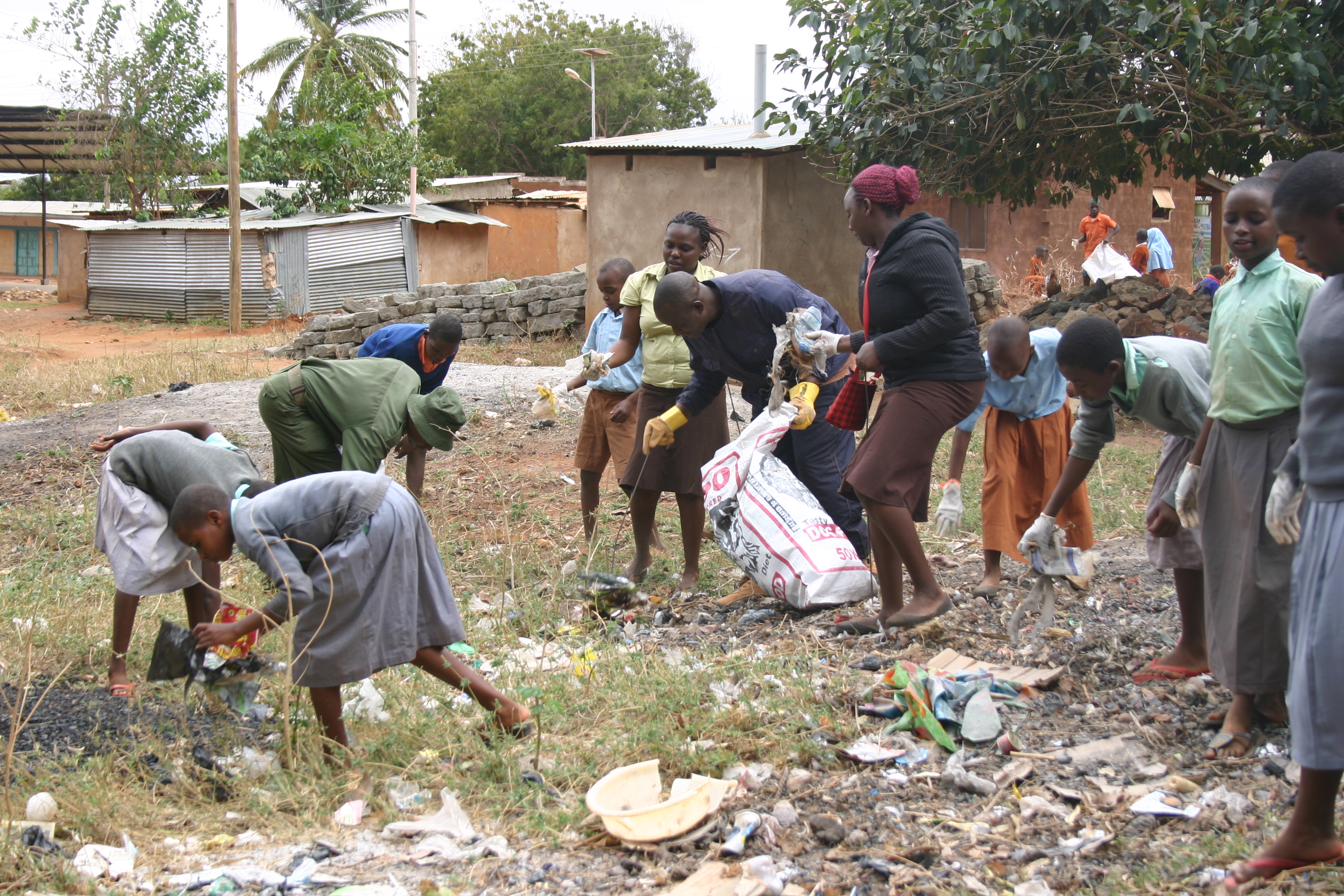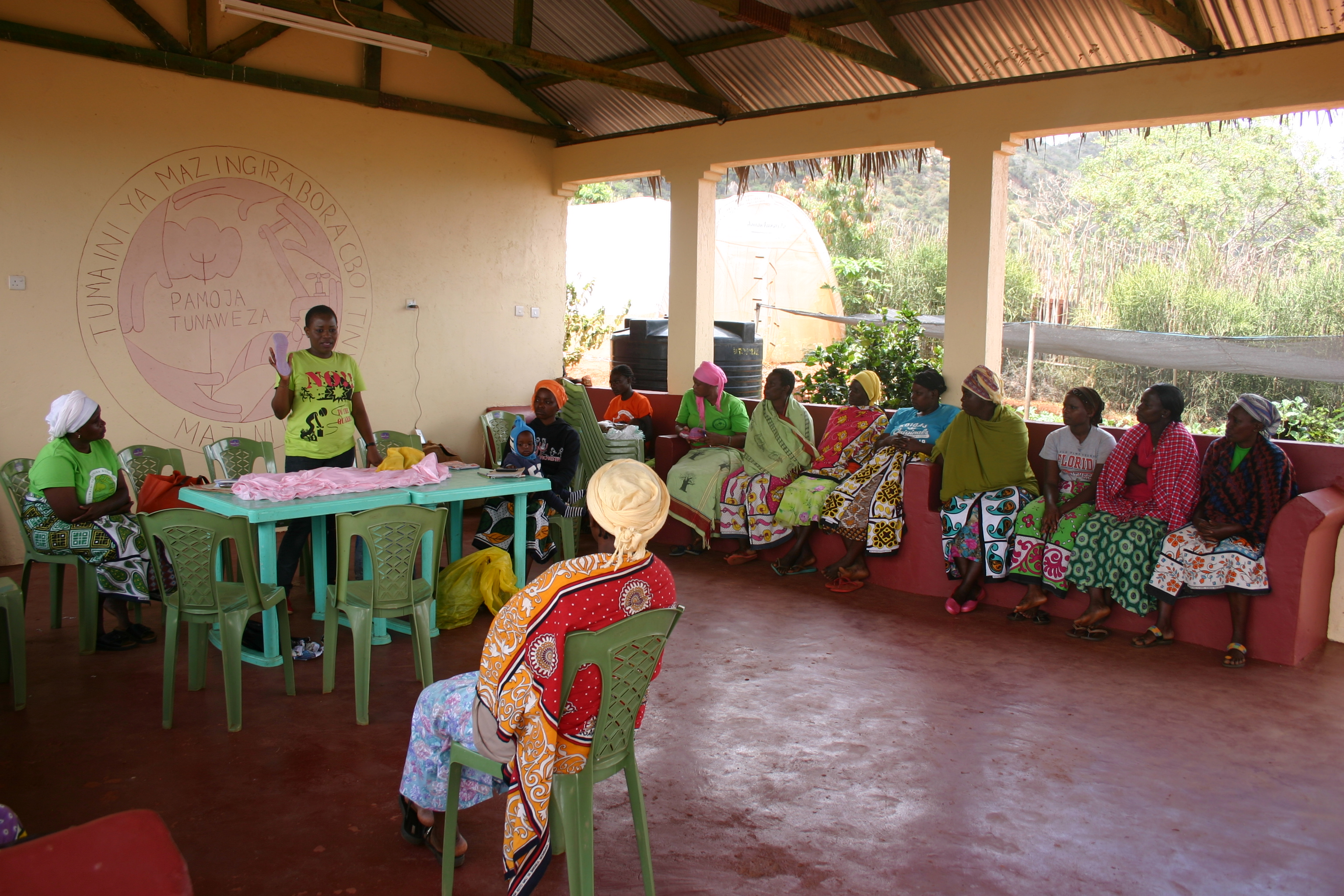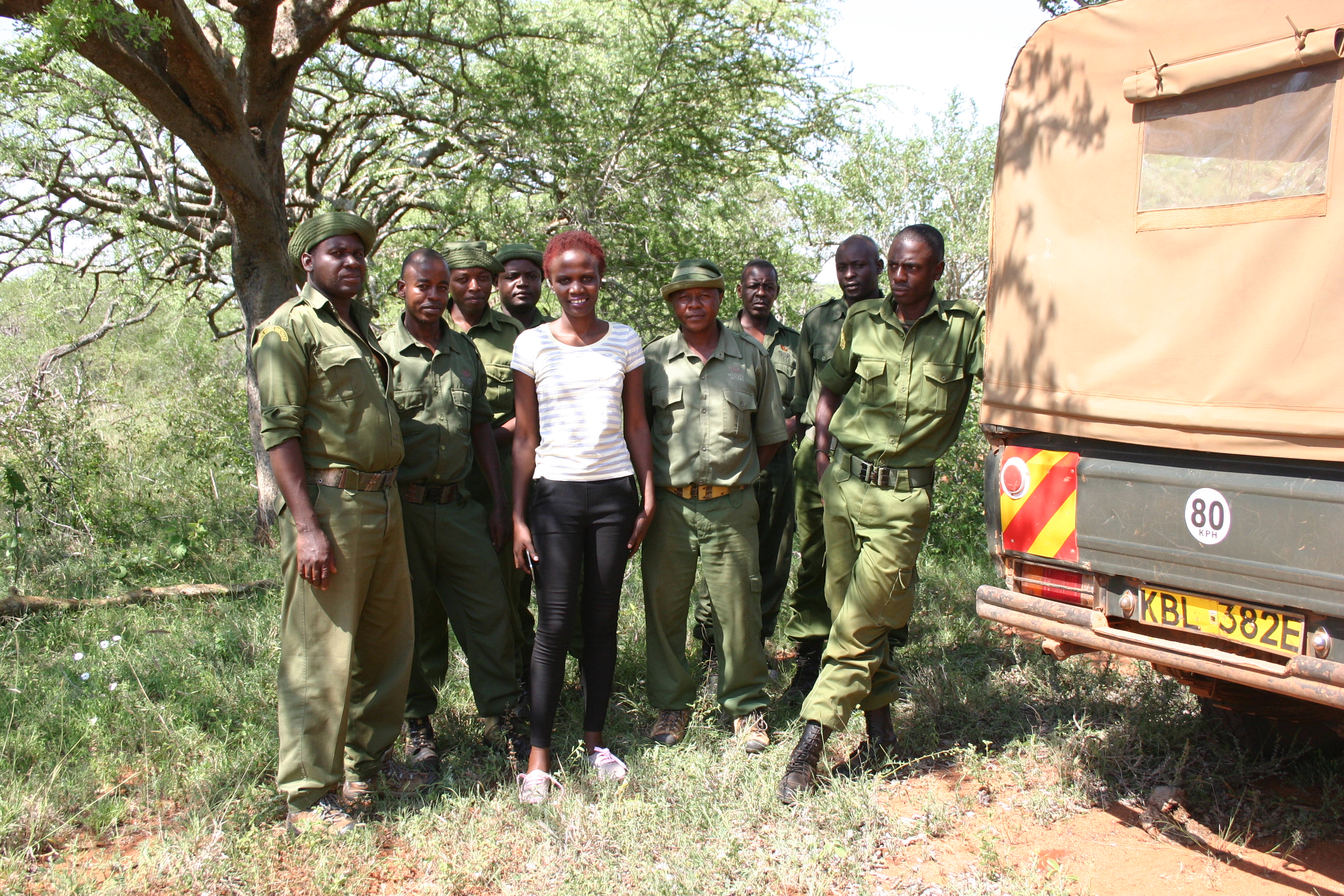
A Day In The Life of Wildlife Works Rangers
It is a regular Thursday morning at Rukinga sanctuary. A group of nine rangers are already in a green Toyota Land Cruiser ready for their normal patrol in the bush, which starts at 7am and ends at 4pm.
John Mwachofi, the team leader for camp 2.0, and his team started the day with some strategic planning at their camp. As the Media and Communication Officer at Wildlife Works, I thought it would be great to join this dedicated team with my colleague, the Executive Office Assistant just to get a glimpse of what it’s like being a ranger.
The team is just a section of 120 unarmed Wildlife Works rangers who have dedicated themselves to protecting the 500,000 acres of the Kasigau Corridor REDD+ project. Through their tireless efforts, this group of devoted men and women help to keep the region free from poachers and ensure that wildlife is well looked after.
Within minutes of my arrival at the base station, we hop into the team’s cruiser and begin the long drive into the thick forest area around the Rukinga Sanctuary, part of the REDD+ project. Driving around, one cannot help but notice how the area is fairly green from the recent rains, something that has made a lot of people happier in the Kasigau Corridor region.
Suddenly, a ranger signals for the driver to slow down. He has spotted a cheetah! As we glance at its beauty in the forest, one ranger takes a quick picture while another jots down the details of the sighting in a small notebook. Data is collected every day on wildlife sighting and any incidents within their designated zones. It will then be compiled at the end of the month and passed on to the Wildlife Works Biodiversity Team.

The drive continues to a stopover at Salama, a dam that provides water to different animals roaming freely around Rukinga Sanctuary. The rangers on patrol also spot several animals including a lion, two elephants and a giraffe and track them for a while to determine which area they are heading to for monitoring purposes.
During their every day patrolling, our team of rangers is always equipped with a GPS and a radio communication system. Whereas a radio facilitates communication among them as well as with the gyrocopter pilot, the GPS is used to track active ranger patrols, animal movements and record other incident data.

Mr Mwachofi announces that they have received a GPS coordinate relating to an animal carcass on Taita ranch from Wildlife Works’ aerial surveillance team. Patrolling the area and protecting it is not just a ground operation. The rangers work with Keith Hellyer, a gyrocopter pilot, to conduct aerial surveillance and tracking. Mr Hellyer acts as an eye in the sky and supports rangers in anti-poaching activities like locating elephant herds, discovering carcasses, increasing rapid response and ranger security, as well as helping to curb other illegal activities in the project area.
Wildlife Works Rangers Spot Poachers’ Footsteps!
As we continue to drive in Taita ranch with the GPS in search of the carcass, one of the rangers signals that he has noticed something unusual A poacher’s footprints! His colleagues quickly jump out of the car to inspect them. After examining the footprints, Mr Mwachofi concludes that they believe they belong to at least two poachers, who probably travelled the previous night.
“The only way to apprehend them is to wait for a perfect time for an ambush,” he says. “We are going to relay the information back to base, after which some members of our team will come back tonight and lay a trap to capture the poachers,” he explains. Although the area is completely patrolled by Wildlife Works rangers, armed poachers still infiltrate the forest to either harm wildlife or the environment. In some cases, the rangers come face to face with armed poachers and when they do, they partner with Kenya Wildlife Service rangers to apprehend the suspects.
As we make a quick stop and maneuver into the bushes, a ranger signals to a possible path of where the carcass is located. The rangers head straight to its direction quietly and steadily. About 900 meters from the murram Road, we spot a giraffe carcass. Mr Mwachofi and his team examine the dead animal and conclude that the poor giraffe is likely to have died of natural causes about 2 weeks ago.
“This is because some of meat is still intact apart from the parts devoured by vultures and hyenas,” he says. After the examination, he will then report to his superiors at the camp.
As we start the long drive back to Rukinga sanctuary at around 4pm, it gives me the opportunity to reflect on this great experience of spending a day with the rangers. In the last 5 hours, we have seen beautiful wildlife, wonderful landscapes and witnessed the hawk-eyed team find everything in sight as they complete their mission for the day. The Wildlife Works Ranger team is one of the most hardworking and devoted teams I have come across.

Wildlife Works is proud of supporting the community by providing employment opportunities to these dedicated rangers. These brave men and women leave the comfort of their homes and families to brace the harsh forest in order to protect wildlife and the environment. At the end of the day, the rangers return to their camp and will get up and resume their usual patrol the next day. We thank them for their work!
